Music Production
It’s important to remember that no specific level of music education is needed to be a music producer; still, a course, self-study, or music production degree is the most common accreditation for impassioned music producers. Many educational institutions provide music production programs, typically at a course-level degree. These short-term music educational programs cover a broad range of topics, but they don’t always help the students gain practical experience of what the real world asks of them. The programs and modules at the Wisseloord Academy put effort into helping students develop their creative and musical skills in a practical fashion. These programs provide the necessary experience for a career within the music industry.
Below we discuss the major aspects of Music Production. For more in-depth information, we have separate articles within our blog. At the end of each paragraph, you will find links to those blog articles, in which we go deeper into the designated topic. If you have any questions or comments or if you want to submit some articles, feel free to reach out.
Ready to kickstart your career in the music industry as an Artist, Songwriter or Producer? Book a private tour and make the first steps!
Join the Academy

GO DIRECTLY TO :
Music Production : DAW
Can the right DAW make a difference?
Music Production : Mastering
What is Music Production Mastering?
Music Production : Mixing with Compression
Music Production Mixing with Compression
Music Production : Mixing with EQ
Mixing with EQ Explained
Music Production : Modulation and Movement
What are Modulation and Movement Effects in Music Production?
Music Production : Reverb
What role does Reverb play in Music Production?
Music Production : Sampling
What is Music Production Sampling?
Music Production : Vocal Production
What is Vocal Production Music Production?
Music Production : Synthesis and Synthesizers
Music Production Synthesis and Synthesizers
Music Production : Live Drum Processing
Live Drum Processing in Music Production

Discover Our Articles
Music Production : THE RIGHT DAW
Since the dawn of time, people have been looking for something to differentiate themselves from others. Think religion, political preference, your taste in movies, or whether you use a PC or Mac. Nine times out of ten in music production, it’s about the DAW you’re using.
Before you start arguing with anyone about why Ableton is better than FL Studio, remember that it’s not really about your tools. It’s about the person who uses them.
Still, the right DAW can make a difference for you as a producer or songwriter. Each program has its own characteristics and its own workflow. Are you just starting to produce? Any DAW will eventually work for you, but some might just be a little bit better. Almost all of them have a free trial, so use it!
Before you make a choice, ask yourself:
• What genre of music do I mostly make?
• Will I mainly be working with live or virtual instruments?
• Do I want a program with many samples, or would I prefer to record my own?
Want to know more…? You can read the background to these questions and much more in the article Music Production DAW.
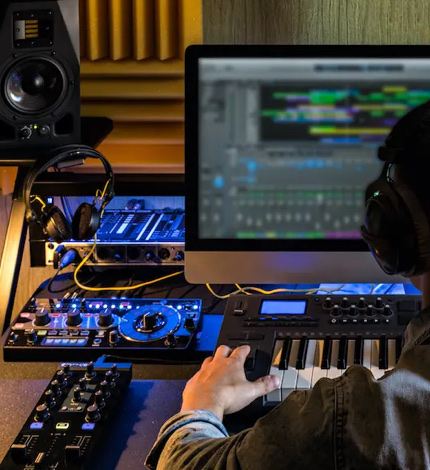
Music Production : Mastering
Mastering refers to the process of improving the sound quality of the final mix, making it sound better and ensuring that the track sounds consistent on every medium and on every format.
In an ideal world, a mastering engineer is a trained engineer in a specially equipped studio. Nowadays many producers prefer do it themselves. And although it is always the better option to have a second pair of ears doing the mastering, it is equally important to at least know how it works.
But every mastering engineer has their own secrets tricks up their sleeve to give the master their personal touch. The typical mastering tools used by mastering engineers are:
- Compressors, limiters and expanders
- Equalizers
- Stereo imaging
- Exciters, saturation
- Limiters, maximizers
- Metering
- Dithering
You can break down mastering into several important steps. Of course, no mastering chain looks the same, but it could look like this:
- Corrective EQ
- Compression
- Additive EQ
- Colour
- Stereo correction
- Limiting
To learn more about the typical mastering tools and the general steps that most mastering engineers take during music production, visit the article Music Production: Mastering.
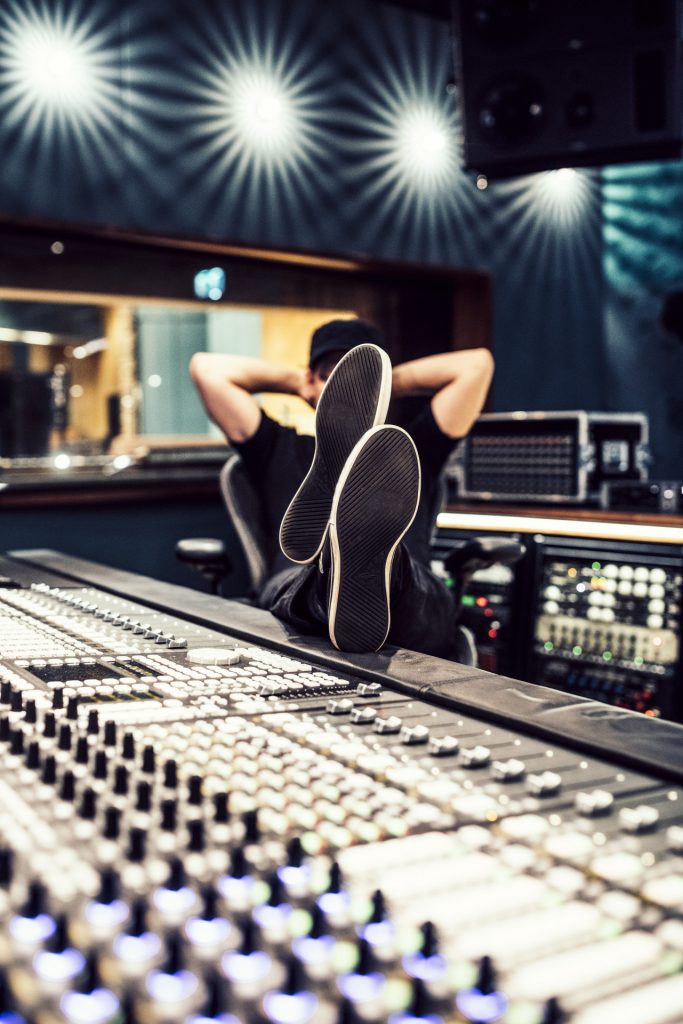
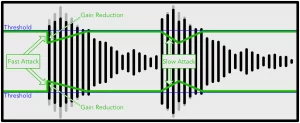
Music Production : Mixing with Compression
Apart from EQ, the second most used tool in music production is probably the compressor. A compressor is a tool to control the dynamic range of a sound. Compression makes the peaks of your track quieter. An automated volume fader that turns down the peaks of your track, hence making it sound more even and easier to turn up in the mix.
A compressor as several parameters to adjust in order to be able to do his job properly:
- First the threshold: arguably the most important setting to dial in.
- Ratio
- Gain Reduction (or GR)
- Attack
Compression has a steep learning curve before you are finally able to hear what you’re looking for. But once you’re there, don’t be afraid to think outside the box with extreme settings, which can often yield interesting results.
Over time, your instincts will tell you what sounds right. Everybody talks about book smarts, but making a great mix is as much a process of intuition as it is a process of science. You’ll see what I mean as you experiment with your mixes. Read more about the parameters of mixing with compression in our article Music Production: Mixing with Compression.
Music Production : Mixing with EQ
Are you starting your first steps in music production? You might be thinking, “What does EQ stand for?” In the music industry, EQ stands short for Equalization. With an EQ ,you can adjust the frequency content of your recordings, remove unwanted frequencies, or boost wanted frequencies of a sound.
To learn how to use an EQ, it is best to familiarize yourself with what every frequency sounds like:
- Sub bass (20-60Hz)
- Bass (60-200Hz)
- Low mids (200-500Hz)
- Mids (500-1500Hz)
- Upper mids (1500-5000Hz)
- High end (5 kHz-12 kHz)
- ‘Air’ (12 kHz-20 kHz)
To learn more about frequency spectrums and how to use an EQ, read the article about Music Production: Mixing with EQ.
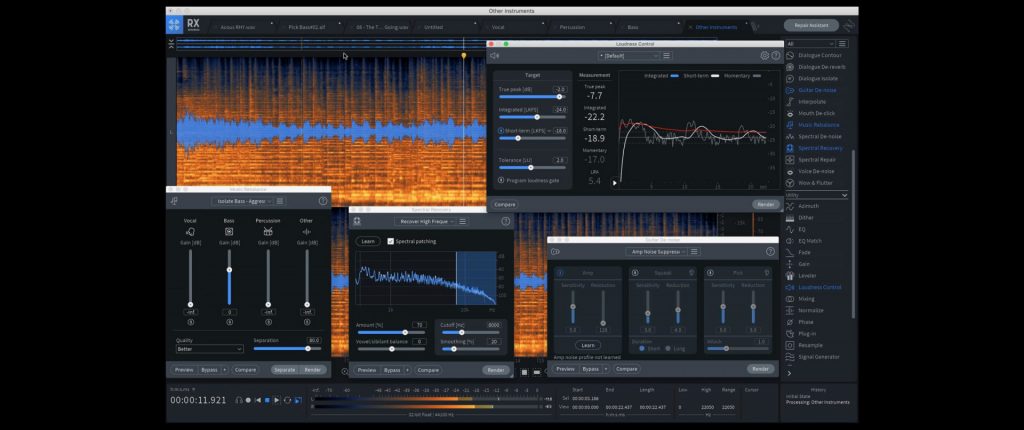
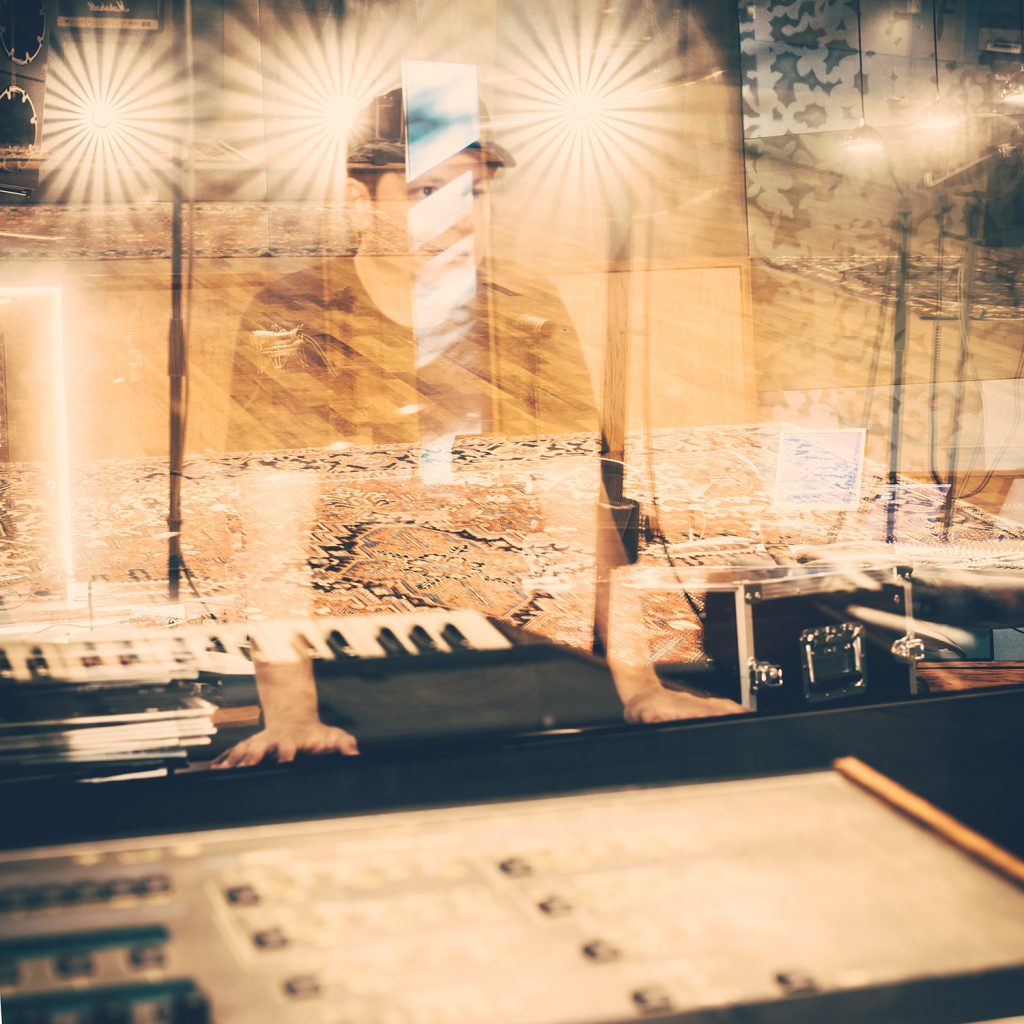
Music Production : Modulation and Movement
Understanding modulation in its different forms can help you to gain a better mastery of recording, mixing and producing your tracks. Your track has been mixed, compressed and EQ’d to your liking but your track still sounds static and you need to get moving. There are many ways to give your tracks extra life, or to add that extra bit of production value:
- LFOs
- Chorus
- Flanger
- Phaser
- Auto Pan
To learn how to give extra life to your tracks and the above mentioned examples, read the article about Music Production: Modulation and Movement.
Music Production : Reverb
Reverb provides space and depth to your mix, but it also gives the listener important clues about where the sound is taking place and where the listener is in relation to the sound. Reverb (short for reverberation) is different from delay. Whereas separate echoes are always audible with a delay, a reverb consists of a huge number of small echoes that follow each other so quickly that they can no longer be heard separately. A track without reverb sounds very unnatural and strange.
There are many different types of reverb, but the most commonly used are:
- Chamber
- Room
- Hall
- Plate
- Spring reverbs
Most reverbs have a number of parameters:
- Pre-delay
- Early reflections of size
- Density
- Decay of reverb time
To learn more about the different types of reverbs and their parameters, visit the article Music Production Reverb.
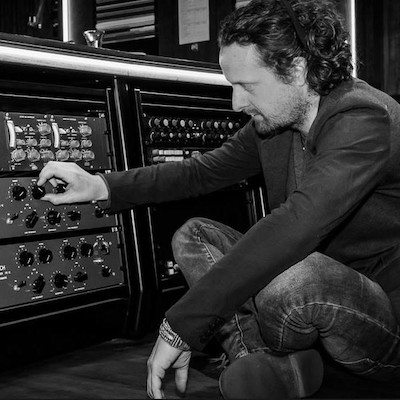
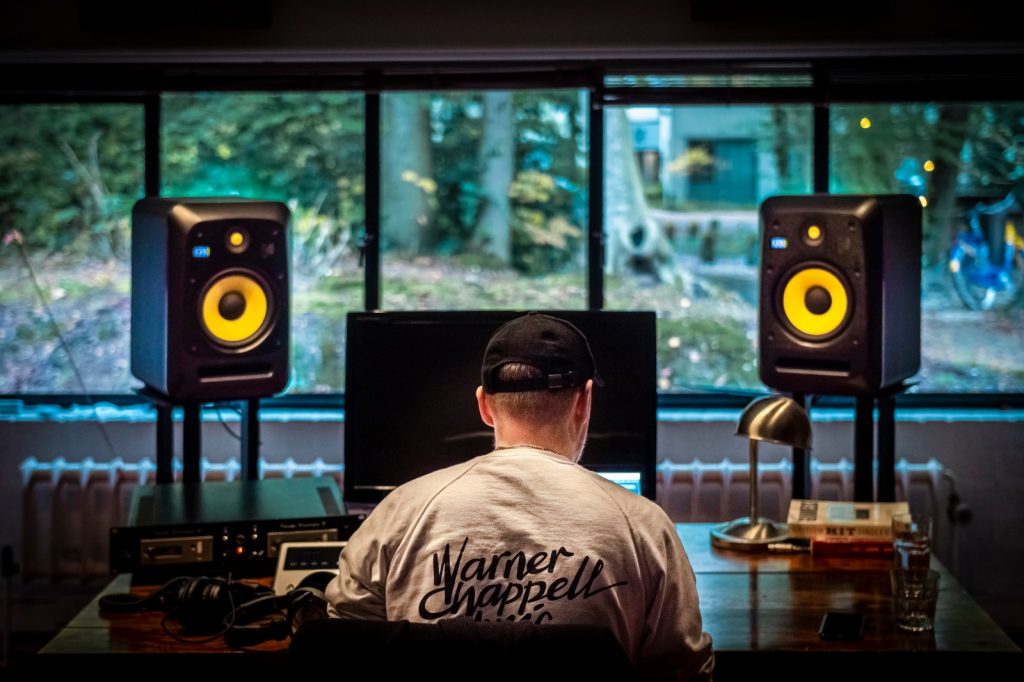
Music Production : Sampling
Sampling in music involves taking a section of audio from another source for example an existing song and then reworking it into the creation of a new track. Samples are then usually looped, sliced, spliced and manipulated. While some will honour the original sample more closely, many producers will tweak and mould it even further by altering the pitch, tempo and other sonic characteristics too.
With sampling you always have to deal with the copyrights of the original sample. Producers are often no longer concerned with the question: ‘Can I sample this?’ but rather: ‘How do I get away with it if I sample this?’.
To learn more about the art of sampling and copyright concerns that go along with this practice visit our article Music Production: Sampling.
Music Production : Vocal Production
Vocal production is adjusting the human voice in an audio recording and making sure it is clear and stands out. The vocal producer is also responsible for finding the right tempo, working on the track arrangement, using various effects and tonality, and ultimately reaching a point of good balance. This could include cutting out any silences to remove noise from a computer fan or accessories, clothing, or using a gate. It is important to know that no two singers sound the same and that no microphone or track are the same.
Below are some steps a vocal producer takes in order to clean the track:
- Pitch correction and timing
- Corrective EQ
- De-esser
- Compression
- Additive EQ
- De-esser
To learn more about the definitions of each step that a local producer takes, click the following link about Music Production: Vocal Production.
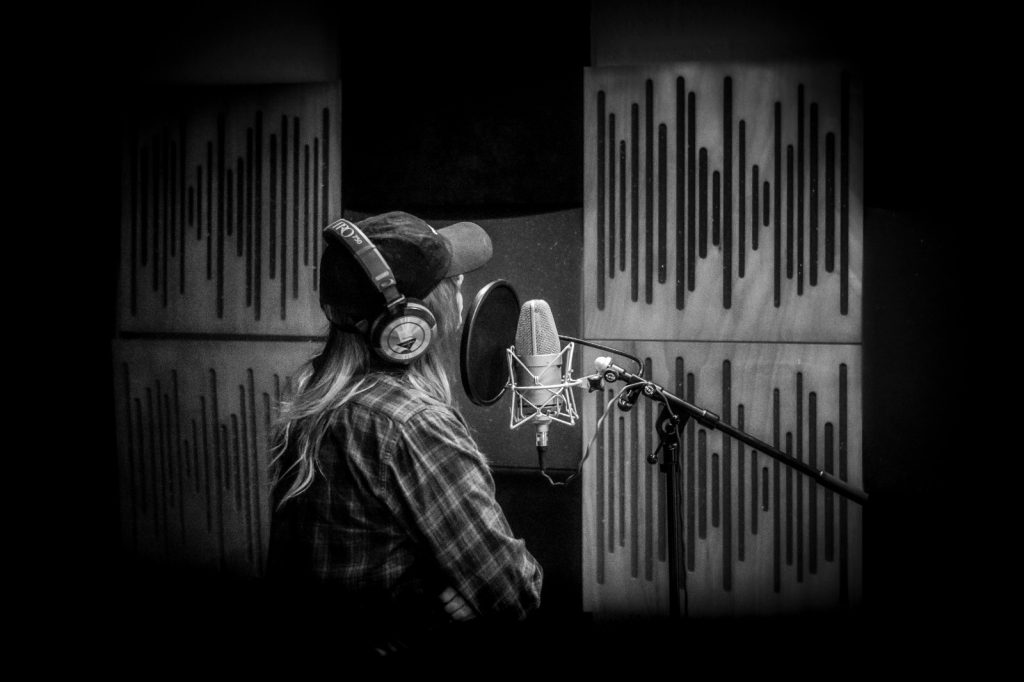

Music Production : Synthesis and Synthesizers
A synthesizer electrically generates its own sound. An acoustic instrument generates a signal by airflow (wind instruments), by friction or plucking a string (string instruments) or simply by hitting something (percussion). A synthesizer generates its sound through an oscillator.
Most synthesizers have the following sections:
- Oscillator (VCO, or Voltage Controlled Oscillator)
- Filter
- Envelopes
- LFO
To learn more about the sections of the synthesizers its close relation within the process of music production, read the article about Music Production Synthesis and Synthesizers.
Music Production : Live Drum Processing
A good drum sound almost always stands or falls with the recording. When processing live drums samples, we may ask: Are the microphones in phase? How does the room sound? Are the drums tuned? And so on.
Here are some guidelines and examples for how to process live drum samples:
- Phase
- Gate
- EQ
- Compression
- Reverb
- Bus compression
- Saturation and distortion
- Automation
Always listen within the context of the mix, and remember that these are only guidelines. Listen carefully to the arrangement and drums, and don’t be afraid to get creative. To learn more about each and every guideline we recommend in the process of live drum sample production, visit the following article Music Production: Live Drum Processing.


